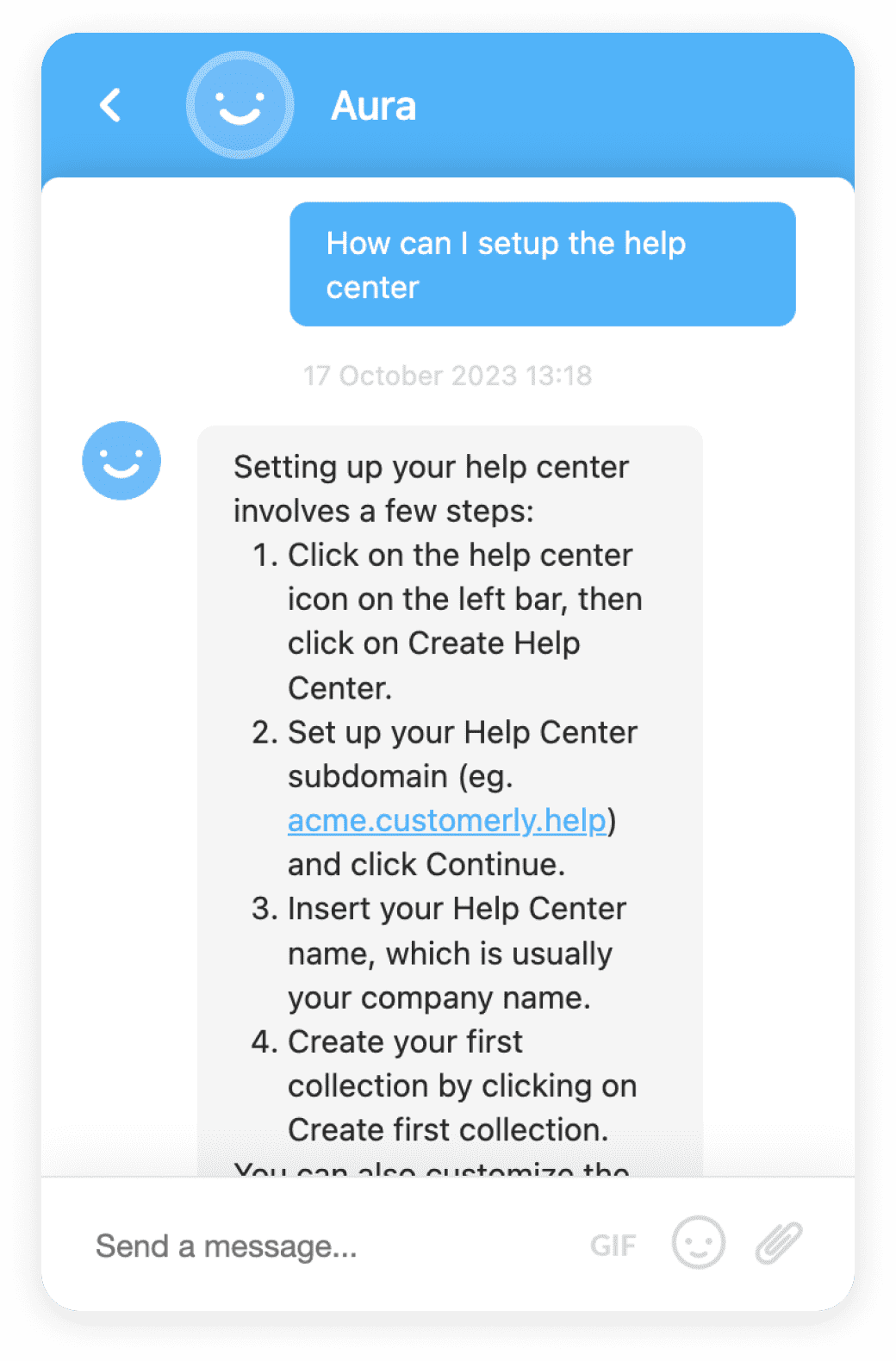Conversion Path
A conversion path is a sequence of events a website visitor takes to complete a desired action. Understanding this path can help optimize a website for conversions.
Definition
A conversion path is a sequence of events or actions that a website visitor takes, leading them to complete a desired action, or 'conversion'. This conversion could be anything from making a purchase, signing up for a newsletter, downloading a whitepaper, or any other action that is beneficial to the business or website owner. The path typically includes different stages like the awareness stage, consideration stage, and decision stage.
Usage and Context
In the context of digital marketing and website optimization, conversion paths are crucial. They help businesses understand how users interact with their website and what steps they take before completing a conversion. By understanding this path, businesses can optimize their website to make the conversion process as easy and intuitive as possible for the user. This might involve tweaking the website design, changing the call-to-action placement, or altering the content to better guide users towards conversion.
FAQ
What does a conversion path look like?
A conversion path might start with a user clicking on a paid ad or organic search result. They are then taken to a landing page on the website, where they might click on a call-to-action to learn more about a product or service. This could lead them to a product page, and finally, to a checkout page where they make a purchase.
Why is understanding the conversion path important?
By understanding the conversion path, businesses can identify any potential roadblocks or issues that might be preventing users from converting. They can then make necessary changes to streamline the process and increase their conversion rate.
Related Software
There are many tools and software available that can help businesses track and understand their conversion paths. These include Google Analytics, Hotjar, and Crazy Egg, among others.
Benefits
There are several benefits to understanding and optimizing conversion paths. These include increased conversion rates, improved user experience, and ultimately, increased revenue. By making the conversion process as seamless as possible, businesses can encourage more users to complete desired actions on their website.
Conclusion
In conclusion, conversion paths are a key part of any digital marketing strategy. They provide valuable insight into user behavior and can be used to optimize a website for conversions. By understanding and improving conversion paths, businesses can boost their conversion rates and improve their bottom line.
Related Terms
CRO (Conversion Rate Optimization)
CRO (Conversion Rate Optimization) is a systematic process that increases the percentage of website visitors who complete a desired action, thus improving a website's effectiveness.Conversion Rate
Conversion Rate is a key metric in digital marketing, measuring the percentage of website visitors who take a desired action.Conversion Rate Optimization
Conversion Rate Optimization (CRO) is the process of increasing the percentage of website visitors who complete a desired action. Learn more about CRO.Landing Page
A landing page is a standalone web page created for marketing or advertising campaigns with the goal of converting visitors into leads.Landing Page Builder
A Landing Page Builder is a tool that helps create, design, and optimize landing pages for marketing or advertising purposes without the need for coding.Landing Page Optimization
Landing Page Optimization (LPO) is the process of improving elements on a website to increase conversions. LPO is a key component of online marketing.UI/UX (User Interface/User Experience)
Discover the meaning of UI/UX, its usage and context, related software, benefits, and more. Understand why good UI/UX design is crucial for digital products.UX (User Experience)
User Experience (UX) refers to the overall experience a user has when interacting with a website, application or product, especially in terms of how easy or pleasing it is to use.Upsell Conversion Rate
Upsell Conversion Rate is a KPI that measures the effectiveness of upselling strategies. It's used to increase average order value and boost revenue.User Experience (UX)
User Experience (UX) refers to the overall experience a user has while interacting with a product, system, or service. It aims to fulfill user needs effectively.User Experience Feedback
User Experience Feedback is the insights obtained from users about their experiences with a product or service. It's crucial for improving usability and user satisfaction.User Experience Optimization
User Experience Optimization (UXO) is the process of improving the interaction between users and a product, service, or website.Website Optimization
Website optimization is the process of making changes to your website to improve its performance in search engine results pages.











